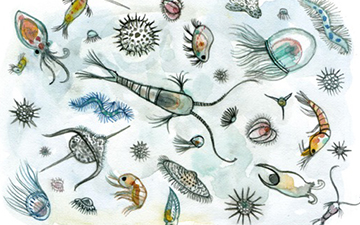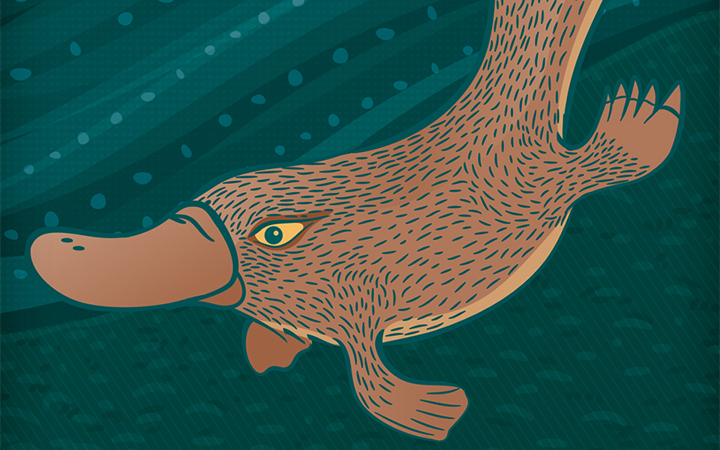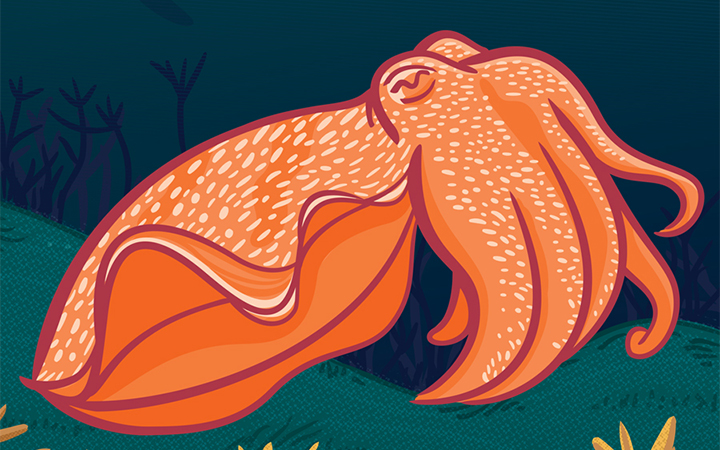Animalia

Zooplankton
Marine zooplankton


1 POINTS
Play: Zooplankton has a MOVE of 1.
“Many of these creatures so low in the scale of nature are most exquisite in their forms & rich colours. — It creates a feeling of wonder that so much beauty should be apparently created for such little purpose.” (Darwin on plankton).

Leaf Letter Flea Beetle
Aulonodera darwini


4 POINTS
Play: This Flea beetle has a MOVE of 2.
Fact: This is one of four Australian insect species, collected by Darwin during the Beagle voyage, that bear his name.

Village Indigobird
Vidua chalybeata



Play: The Village Indigobird has a FLIGHT of 2.
Fact: The Village Indigobird is a brood parasite which lays its eggs in the nests of red-billed fire finches.

Duck-billed Platypus
Ornithorhynchus anatinus


8 POINTS
Play: The platypus has a MOVE of 2 and must feed off of a FRESHWATER TERRAIN card.
Fact: The platypus is only one of a very few mammals that lay eggs instead of giving birth.

Variable Neon Slug
Nembrotha kubaryana



10 POINTS
Play: This slug has a MOVE of 1 and can only feed off of SPECIES cards with class ASCIDIACEA.
Fact: This slug can store, in its tissues, the toxins from the ascidians it eats and then can release them in a slimy defensive mucus when alarmed.

Giant Cuttlefish
Sepia apama



8 POINTS
Play: The Giant Cuttlefish has a MOVE of 2.
Fact: Using cells known as chromatophores, the cuttlefish can put on spectacular displays, changing color in an instant.